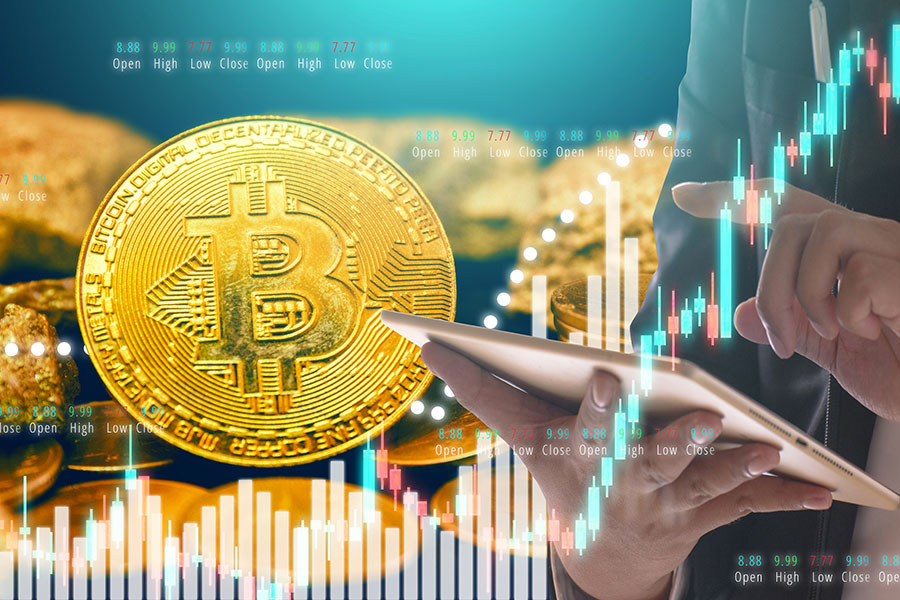
S&P Global is assessing the vulnerability of digital assets to macroeconomic factors
The rating agency investigated five points of contact between the cryptocurrency ecosystem and conventional banking, and its inability to draw any solid conclusions about the topic may be instructive
 Image: Shutterstock
Image: Shutterstock
S&P Global, a leading ratings agency, has released a paper investigating the potential link between crypto assets and traditional economies. Its conclusion is a definite “maybe”. The specifics are difficult to pin down because of "idiosyncratic phenomena" like the crypto winter, geography, and the industry's little existence.
Even while crypto assets and traditional assets have separate value propositions and performance drivers, the S&P report's introductory remarks make clear that the crypto ecosystem and macroeconomics are inextricably linked. S&P analysts collated the S&P Cryptocurrency Broad Digital Market Index (BDMI) with other financial indicators to discover the full extent of this dependency across these five dimensions.
It is stated in the research that "crypto assets are not insulated from the effect of macroeconomic shifts" but that the function of idiosyncrasy in crypto economics is substantial. To cite one instance: The report cannot prove a causal relationship, but the cryptocurrency markets have done well during times of expansionary monetary policies. Some major fluctuations in crypto assets have occurred after factors not directly tied to monetary policy, such as the FTX collapse.
Although the variables differ, the connection between crypto and recessionary expectations is also very distinct. User location and the strength of the local fiat currency come into play here. The value of crypto assets rises and falls with the value of fiat currency. Despite this, the report highlighted the introduction of "asset management products that integrate crypto assets," which is connected to the belief that crypto can resist economic shock.
The crypto market's potential as a hedge against inflation could be clearer. The authors noted that this is a difficult issue, and the available data may need to be revised to provide a definitive answer. Cryptocurrency's apparent resistance to inflation may be a factor in its rising popularity in emerging nations with unstable fiat currencies, they argued, highlighting the role of geography and individualism. The authors remarked that crypto market cycles could have origins apart from general economic conditions.





